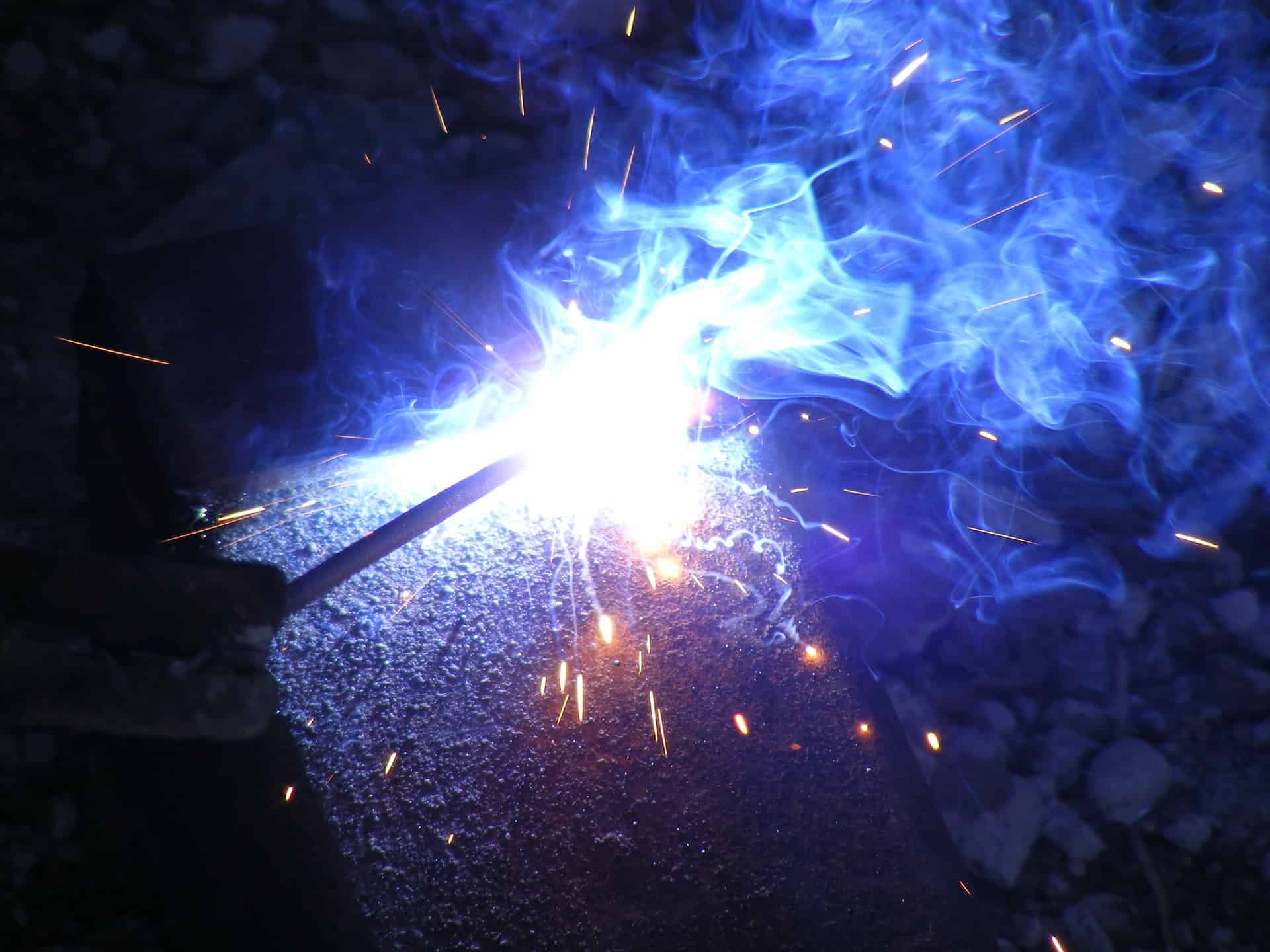ISO 3834
Welding is a special process because the final result and quality may not be capable of being verified by testing. This means that welding requires continuous control and/or that specified procedures and instructions are followed.
AS/NZS ISO 3834 concerning quality requirements in welding has been prepared to identify the controls and procedures required.
An Overview of the Scheme
Fabricators are being encouraged to embrace the AS/NZS ISO 3834 “Quality Management system” as a means of establishing confidence in their Fabrication & Welding operations.
A wider range of major organisations are requesting contractors apply a reliable and effective system of traceability to their Fabrication & Welding business activities.

Maintaining a competitive edge
The development of European and International Standards is having a profound effect on manufacturing and fabrication companies. To be successful in this business environment you have to comply with a bewildering array of requirements which seem to change on a regular basis.
Many companies have achieved certification to ISO 9001 with respect to their quality management systems. But where significant use is made of a special process like welding, such certification is unlikely to provide the required demonstration of capability of the company to manufacture products to the required quality.
ISO 3834 can overcome this shortfall and boost the manufacturing company’s ability to sell its products in a competitive market. Compliance to AS/NZS ISO 3834 provides a “one-stop-shop” to achieve market recognition of the company’s capability.
People are the key to AS/NZS ISO 3834
Entitled ‘Quality Requirements for Welding’ the standard provides details on how to control the various welding and welding-related operations to achieve the desired quality consistently. A key feature of the standard is the requirement to ensure that people with welding responsibilities are competent to discharge those responsibilities. This is achieved by the incorporation of another standard: ISO 14731 “Welding Co-ordination – Tasks and responsibilities”.

Certification to AS/NZS ISO 3834 – alone or combined with ISO 9001?
Independent certification to AS/NZS ISO 3834 benefits manufacturers by providing an authoritative third party statement of commercial value. Certification can be achieved alongside an ISO 9001 certification or it can stand alone. The stand-alone option may be attractive to companies in which the welding operations are a critical part of their manufacturing process.
Benefits for certified fabricators
- Clear, high profile, independent verification of compliance by a leading authority on welding.
- Confirmation of welding and fabrication capability and staff competence.
- Improved client confidence leading to a reduction in external audits.
- Entry of the company’s details on well-publicized national and European registers.
- Increased national and international business potential.
- Certification packages to suit individual company requirements e.g. Part 2, 3 or 4.
- AS/NZS ISO 3834 certification can be achieved alone or alongside ISO 9001 certification.
Benefits for clients of certified fabricators
- Professional independent assessment of suppliers.
- In-depth, authoritative evaluation of fabricators capability.
- Consistent assessment.
- Uniform presentation of information and data
Steps to Compliance with Certification to follow
- Initially the Quality Management System (QMS) needs to be implemented and in place and applied for a number of months or several projects to allow all staff involved to apply and understand the relevant areas and their responsibilities and to fine-tune the system.
- The final step is a formal application to the Accredited Third Party Certification body who will apply a detailed assessment and audit.
- It is best practice to have the system functioning for some time and fine-tuned before the formal application is submitted to ensure a minimum of delay and cost.
A one-on-one discussion with an AWI qualified technical consultant to carry out a preliminary site visit in order to evaluate:
- Which level of compliance is appropriate Part 2, 3 or 4
- The depth and extent of the company’s existing QMS
- The extent of documentation required to cover the quality manuals and procedures.
AS/NZS ISO 3834 document requirements are listed in the following subheadings:

Compliance Costs
Compliance cost will vary according to the size of the company, number of locations and any existing certification. A site/workshop visit will be required in order to evaluate these factors.
A surveillance audit by an AWI technical consultant will follow to establish the full extent of the company quality management documentation and system.
Also an oral examination is applied to the elected staff member/s who will fill the role of the “Responsible Welding Coordinator” (RWC)
NOTE: This assessment is to determine the depth of their technical knowledge and their ability to fill this role.
Explanation of ISO 14731 “Welding Coordination – Tasks & Responsibilities”
This ISO standard uses the term “Responsible Welding Coordinator” to identify the person or persons having an adequate level of welding technical knowledge for the range of products manufactured.
The RWC represents “the human aspect” of welding control and as such, is a very important member of the quality team.
The expectation is that a RWC is a person nominated by the manufacturer with the competence to make decisions and to sign documents which affect product quality.


Recommendations for technical knowledge in welding
ISO 14731 recommends the IIW qualifications as typical requirements for the RWC but this does not prevent the fabricator from referring to other qualification for the RWC.
Qualification options for the Australian Industry are:
- AS 1796 Certificate 10
- AS 2214 Welding Supervisor qualification.
- TAFE Welding / Fabrication Inspector
- TAFE Welding Inspector,
- CSWIP Welding Inspector
Consultation with the client and/or authorities may be required to confirm acceptance of the selected RWC.
ISO 14731 allows welding coordination to be sub-contracted, but the responsibility for maintaining compliance with ISO 14731 remains with the manufacturer.